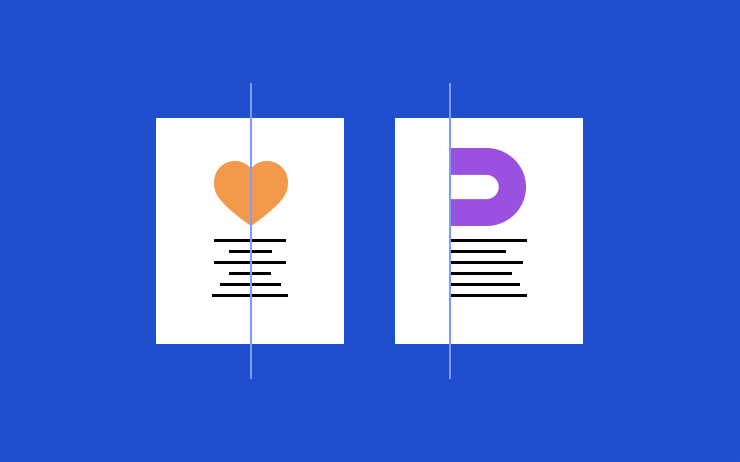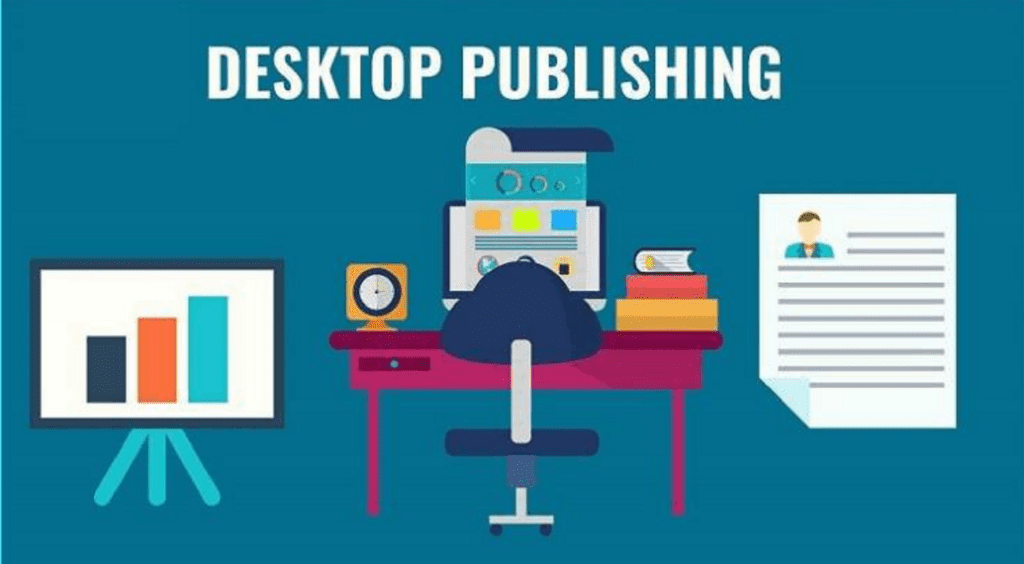Document production has changed dramatically as a result of DTP software. Historically, printing presses and typesetting machines were used to make documents. The procedure was time-consuming and costly. Documents of a professional caliber may now be produced fast and simply thanks to DTP software.
Electronic publication of documents is now possible thanks to DTP software. Digital publications such as e-books, online periodicals, and other publications have increased as a result.
A variety of papers may be created with the help of DTP software, which is a strong tool. DTP software is a terrific choice if you’re seeking for a technique to produce documents that are of a professional caliber.
Introduction to Desktop Publishing (DTP)



Desktop Publishing, often abbreviated as DTP, is the process of using specialized software to create and design visual content for print and digital media. It involves the layout, formatting, and arrangement of text, images, and graphics to produce visually appealing documents.
The Evolution of DTP
- Pre-DTP :
Documents were prepared with physical typesetting equipment and printed on sizable printing machines in the pre-DTP era. This was a time-consuming and costly process. The text was produced using typesetting equipment, and the papers were printed using printing presses. The technique was inefficient and demanded a lot of physical effort. - Initial DTP :
Early in the 1980s, the first desktop publishing software packages were developed. Users might produce documents of a professional caliber with



- these tools. PageMaker, Ventura Publisher, and QuarkXPress were among of the initial DTP applications. These applications were a significant advance over the earlier approaches to document era, while they were still pricey and challenging to use.
- Early to late 1990s : DTP software became more readily available and less expensive in the middle to late 1990s. The graphical user interface (GUI) and other newly developed technologies had a role in this. GUIs improved the usability and learning curve of DTP applications. Adobe InDesign, CorelDraw, and Microsoft Publisher were some of the most commonly utilized DTP programs at the time.
- 2000s to present :
DTP software has been evolving since the 2000s, and new features and functionalities are always being introduced. DTP software is now more accessible and less expensive than before. This makes it a useful instrument for everyone who wishes to produce papers of a high caliber.
Tools and Software for DTP
Various software options are available for DTP, including:
- Adobe InDesign : A versatile and widely used layout software that offers precise control over typography, graphics, and page layout.
- QuarkXPress : A pioneer in DTP, QuarkXPress enables users to create and publish complex layouts for print and digital media.
- Microsoft Publisher : A user-friendly tool for creating simple layouts, newsletters, and marketing materials.
- CorelDRAW : A powerful vector-based design software used for creating illustrations, logos, and layouts.
The Role of DTP in Graphic Design



- Creating and editing text: Text authoring and editing are made feasible by DTP programs, which enables graphic designers to work with text in a range of fonts, dimensions, and hues. This enables graphic designers to produce papers that are both aesthetically pleasing and simple to read.
- Including graphics and pictures: DTP software enables graphic designers to include graphics and images in documents. This may make papers more aesthetically pleasing and informative.
- Layout and design: Graphic designers may layout and design documents utilizing DTP software. This entails putting text, pictures, and graphics in a readable and visually appealing order.
- Prepress: Prepress, or the process of getting documents ready for printing, can also be done with DTP software. This includes preparing files for printing presses, testing colors, and producing proofs.
Future Trends in Desktop Publishing
| Trend | Description |
|---|---|
| Cloud-based DTP | Cloud-based DTP platforms will become more popular, as they allow users to access their documents and projects from anywhere, on any device. This will make it easier for teams to collaborate on projects and for businesses to scale their DTP operations. |
| Real-time collaboration | Real-time collaboration tools will become more integrated with DTP platforms, making it easier for multiple users to work on the same document simultaneously. This will save time and improve efficiency. |
| AI-powered DTP | AI-powered DTP tools will become more widely available, helping users to automate tasks such as creating layouts, generating text, and editing images. This will free up users to focus on more creative aspects of DTP. |
| Responsive design | Responsive design will become increasingly important for DTP, as more and more people consume content on mobile devices. Responsive design ensures that documents and websites look good and are easy to use on any screen size. |
| Interactive content | Interactive content, such as videos, animations, and quizzes, will become more popular in DTP. This type of content can engage users and help them to learn more about the content. |
| Gamification | Gamification techniques will be used in DTP to make it more fun and engaging for users. This could include things like awarding points for completing tasks or creating challenges for users to complete. |






